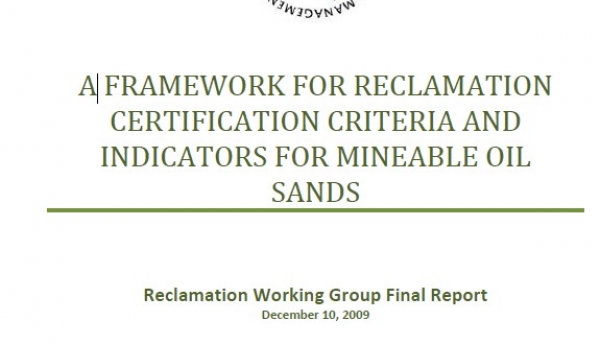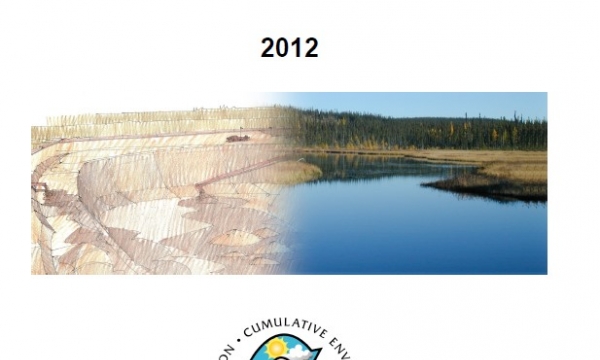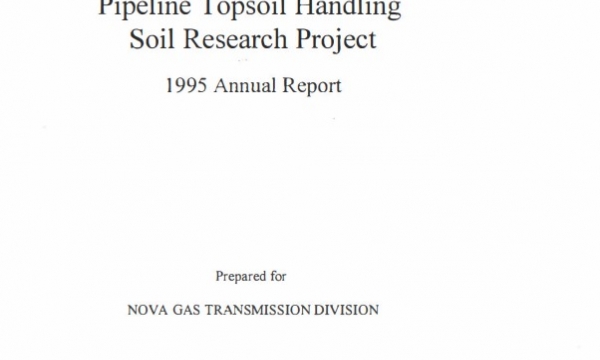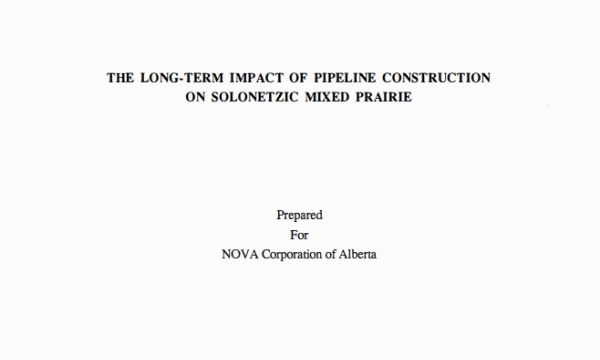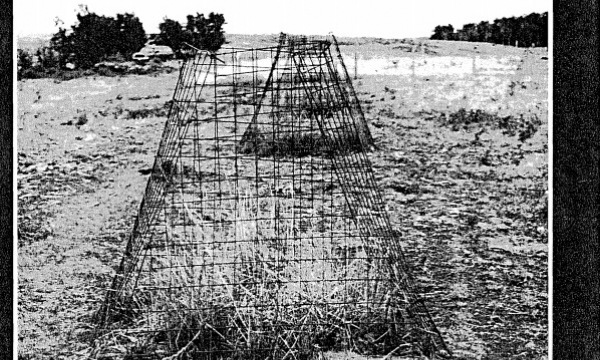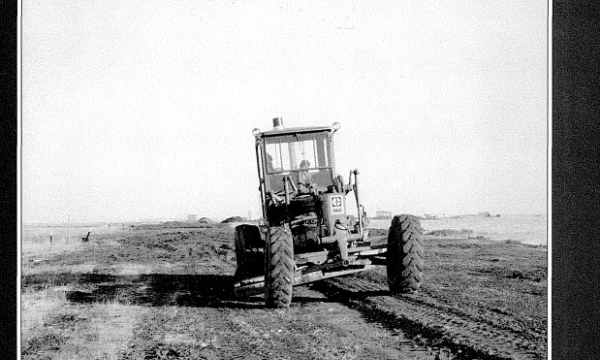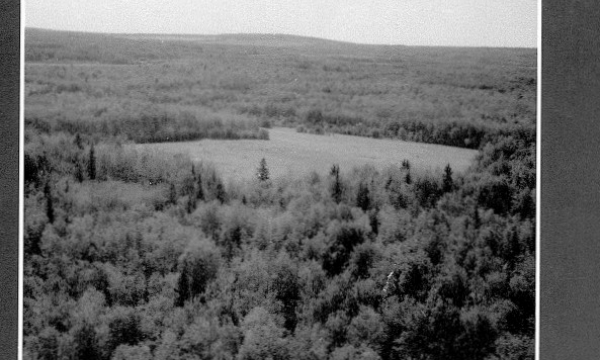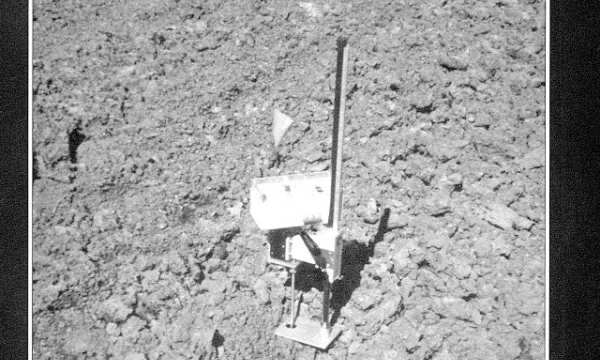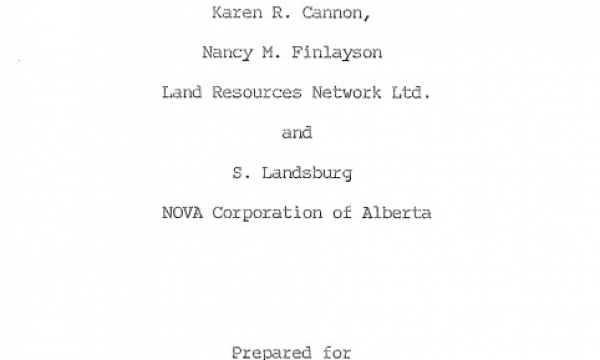Land Management Resources
Resource
Report proposes a criteria and indicator (C&I) framework and recommendations for development of reclamation certification criteria for oil sands mines
Resource
Document presents the scientific and engineering expertise to guide all reclamation activities associated with end pit lake design and construction
Resource
Objectives of the Twelve Mile Coulee Soil Research Project are to evaluate the impact of pipeline construction on Solonetzic soil quality and salt movement in the Brown soil zone
Resource
Authors
Al Fedkenheuer
Robert Faye
Nancy Finlayson
Sheila Luther
T.J. Patterson
Objective was to evaluate several pipeline topsoil stripping depths to determine whether they result in land capability equivalent to that of adjacent forested lands broken for cultivation
Resource
Study concentrated on the well-documented 1981 right-of-way, and compared it to the oldest trench, installed in 1957, and to the undisturbed adjacent mixed prairie
Resource
Authors
Anne Naeth
Albert Lees
Jeanie Bietz
B.D. Irving
Al Fedkenheuer
Compare vegetative productivity, plant species composition and animal utilization on pipeline right-of-way to that of the adjacent native grassland. Field assessments were conducted over 4 years
Resource
Authors
Sandra Landsburg
Karen Cannon
Available information indicates that overstripping and subsequent replacement of topsoil can produce horizon characteristics similar to plow depth characteristics resulting from cultivation
Resource
Authors
Karen Cannon
Sandra Landsburg
Topsoil stripping of forested soils and its subsequent replacement would result in horizon characteristics similar to those of the plough depth resulting from farming practices
Resource
Authors
Sandra Landsburg
Karen Cannon
Nancy Finlayson
No clear relationships emerged between soil Orders, zones, or soil parent materials and the effect of pipeline construction on soil compaction. Soil moisture conditions appear to be more important.
Resource
Authors
Karen Cannon
Nancy Finlayson
Sandra Landsburg
At each of the fifteen 1989 study areas and at each of the eight 1988 study areas soil strength was monitored using a cone penetrometer in 15 cm depth increments to a depth of 52.5 cm.


